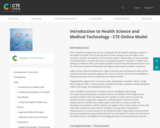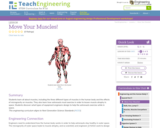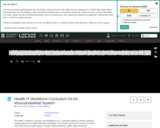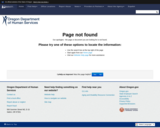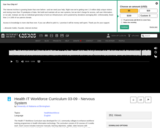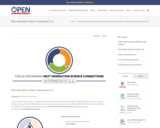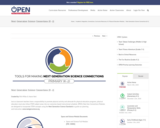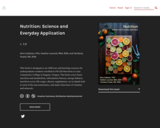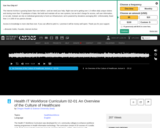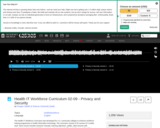
The Medical Assisting program prepares the student for employment in physician's offices and clinics. Medical Assistants help physicians by doing tasks to assist in the treatment and examination of the patient. They provide for the efficient operation of a doctor's office and some may specialize in the back office, while others may choose to work in the front office.The Medical Assisting Core provides information and skills common to all medical assistants. The student gains essential competencies and accumulates a body of knowledge that provides a foundation for movement into the administrative or clinical segments of the program. Course content includes: career orientation, medical terminology, body structure and function, law and ethics, emergency care, communications and interpersonal skills, community resources, health, and job preparedness.The Medical Assisting Clinical segment provides the student with the technical knowledge required to work in the "back office". Course content includes medical/surgical asepsis, assisting with the physical examination, office surgery, electrocardiography, administration of medications, basic laboratory skills, assisting with diagnostic and therapeutic procedures, and specialized medical practice.
- Subject:
- Applied Science
- Health and Physical Education
- Health, Medicine and Nursing
- Material Type:
- Full Course
- Lesson Plan
- Provider:
- Butte County Office of Education
- Provider Set:
- CTE Online
- Date Added:
- 07/13/2021
